It has never been easier, or less rewarding, to be a Great Gatsby bore. As the book that is frequently, and speciously, cited as the Great American Novel — perhaps because, at around 180 pages, people have bothered to read it — turns 100 this month, it has become the byword for a certain kind of middlebrow literary appreciation. Even people who are barely aware of the novel know certain images and lines, such as the omnipresent lighthouse, “So we beat on, boats against the current, borne back ceaselessly into the past” and the whole Ralph Lauren-esque visual aesthetic that F. Scott Fitzgerald appeared to anticipate.
The novel, published in April 1925, has achieved the impossible by breaking free of the page and reverberating across the world in a kind of endless meta-narrative. “You must know Gatsby,” is one of its lines. Certainly, everyone thinks that they know Gatsby.
Whether it’s via the DiCaprio or Robert Redford film adaptations — or those slightly cringeworthy theme parties, where bold attempts at flapper-inspired outfits can veer dangerously toward embarrassing drag shows — it’s hard to think of a book with more influence and resonance. From Broadway musicals, the most recent of which has songs provided by none other than Florence Welch, the Daisy Buchanan de nos jours, to literary spin-offs such as Michael Farris Smith’s 2021 novel Nick, which places Fitzgerald’s original wallflower and unreliable narrator, Nick Carraway, center stage for the first time, the world of Gatsby can begin to feel inexhaustible. (Surely the Daisy origin story is only a commissioning editor’s martini-fueled bright idea away?) With such enduring appeal, it is less a case of us being borne back ceaselessly into the past and more the novel’s legacy being ruthlessly exploited — somewhat in the fashion of the novel’s villainous bootlegger Meyer Wolfsheim.
The Great Gatsby has been deconstructed, filleted and repackaged into a Disney-fied version of the Roaring Twenties, which, according to the Hollywood and Broadway versions of the book, is little more than a surface-level spectacle of “Glitz & Glamour,” complete with near-incongruous unhappy ending. No wonder that the Luhrmann film’s introduction of DiCaprio’s character — raising a glass of Champagne smugly as fireworks explode behind him — has become one of social media’s most persistent memes.
Yet Fitzgerald’s novel has much more to offer than an opportunity for people to dress up in increasingly tawdry costumes, or for drinks manufacturers to produce bilious Gatsby-themed cocktails. As we stagger away, dizzy and deafened, from the sensory overload of the Luhrmann cinematic bonanza — complete with the multilayered vocals of Jay-Z, Bryan Ferry and Lana Del Rey in a bizarre fusion of hip-hop, jazz and sad-girl beats — it is salutary to return to the quiet hypnotic lyricism of Fitzgerald’s original prose, and remember that the writer’s genius lay in understatement:
There was music from my neighbor’s house through the summer nights. In his blue gardens men and girls came and went like moths among the whisperings and the champagne and the stars.
Indeed, for Fitzgerald, the Jazz Age — a term he claimed, with characteristic but forgivable hubris, he’d coined himself — was one of “miracles… it was an age of art, it was an age of excess, and it was an age of satire.” Its evenings were well-lubricated with bootlegged alcohol (the kind Gatsby serves his guests) and while this signaled depravity, it also evoked a sense of wonder and possibility. Where would the night take them? Or as the novel so eloquently puts it, Gatsby — and, by extension, America — were already in the throes of a longed-for but non-existent “orgiastic future.”
World War One had wreaked its ravages, and the wild, decadent immersion in hedonistic bravado was as much escape from everyday sorrow as it was any kind of lasting catharsis or release. Fitzgerald would surely have appreciated T.S. Eliot’s line from his 1936 poem “Burnt Norton”: “Humankind cannot bear very much reality.”
Gatsby’s tragedy lies in the fact he, too, cannot bear reality. His parties are tawdry and loud, full of strangers drinking his illegally obtained booze and making snide comments about him. His love for Daisy should redeem him, but she is an insipid party girl who is incapable of depth or, indeed, true emotional attachment. So when Gatsby ends the novel unceremoniously shot dead in his humongous swimming pool by a man he’s never even met, it should feel like a moment of cosmic irony, an almost Hardy-esque aligning of the fates. But even before this anticlimatic end, he was one of Eliot’s hollow men, waiting for his turn to expire.
Gatsby is suffocated by his own unattainable idealism, and his relentless desire to relive the past becomes his fatal flaw, as the object of his desire “[tumbles] short of his dreams — not through her own fault, but because of the colossal vitality of his illusion.” It’s this tendency towards ill-fated fantasy that is the key to The Great Gatsby’s enduring appeal. All humans have the capacity to dream, or more accurately to inculcate false narratives for themselves and others and become fixated on them. Like Gatsby, we blindly bow to the gods of Love and Envy. Like Gatsby, we worship at Mammon’s altar.
This notion of wish fulfillment is the fulcrum of the novel. As Fitzgerald remarked once to a friend, the whole idea of Gatsby sprang from “the unfairness of a poor young man not being able to marry a girl with money.” He was writing from experience, having lived this injustice with Ginevra King, a Chicago debutante who served as the model for Daisy. Their courtship began after Fitzgerald had dropped out of Princeton to serve as a second lieutenant in the army but a match was forbidden by King’s father on the grounds that Fitzgerald was financially insecure at the time.
Seen through this biographical filter, the moral fable permeating Gatsby — namely that all that glitters is not gold — pales in comparison with the sadness which lay outside the novel. Fitzgerald remained infatuated with King for the rest of his life, and even the ostentatious antics of his troubled wife, Zelda, couldn’t distract from this particular obsession. He turned to the bottle to drown his sorrow and died at the age of forty-four. Fitzgerald’s own American Dream, or nightmare, lingered ominously throughout his life, forever out of reach.
Still, when he finished The Great Gatsby, Fitzgerald declared it just “about the best American novel ever written.” Vanity aside, there’s little doubt the book is now acclaimed as a twentieth-century masterpiece. But at the time, the world did not agree and the novel was classed a “dud” by critics. Gatsby’s commercial success was obtained only after the US government distributed 155,000 free to US troops during World War Two and after being filmed (badly) in 1949 with Alan Ladd as Gatsby.
Naturally, our modern proclivity toward underdogs, antiheroes and down-and-out charmers has seen Gatsby become a figure whom we admire rather than despise. He might be a fraudster and criminal — and by contemporary standards, his Daisy obsession would come across as a tad creepy — but he, like that other glittering but flawed American sweetheart Judy Garland, only “dared to dream.” And if there’s anything modern America loves more than money, it’s a dreamer.
It’s a pity that today most people only remember the Bacchanalian side of Gatsby: the money, the parties and his “gorgeous” charm. His own mythology of unshakable desire has been usurped by our own consumerist gimmicks. But that version of the American Dream was always in the ascendancy. After all, 100 years on, America has hardly moved past Gatsby’s careless, sickeningly aspirational world. The Roaring Twenties have been replaced by the tech boom, the old-money elite by Silicon Valley magnates, the Champagne-fueled soirées by influencer-studded Met Galas. The green lighthouse is now the digital glow of our smartphones, beckoning us toward the ever-elusive ideal that, if we only keep scrolling, we will find what we were always searching for.
Gatsby ushered in an epoch of celebrity, an age of narcissistic dreamers. We’re still very much in its death rattle. We may know Gatsby, because we resemble him: we acknowledge his hunger, his delusions — even his doom. But can we really claim to recognize our own flaws? It’s what makes The Great Gatsby not just a brilliant encapsulation of an age, but a cautionary parable about our own; human nature, after all, has changed very little in the past century, old sport.
This article was originally published in The Spectator’s April 2025 World edition.



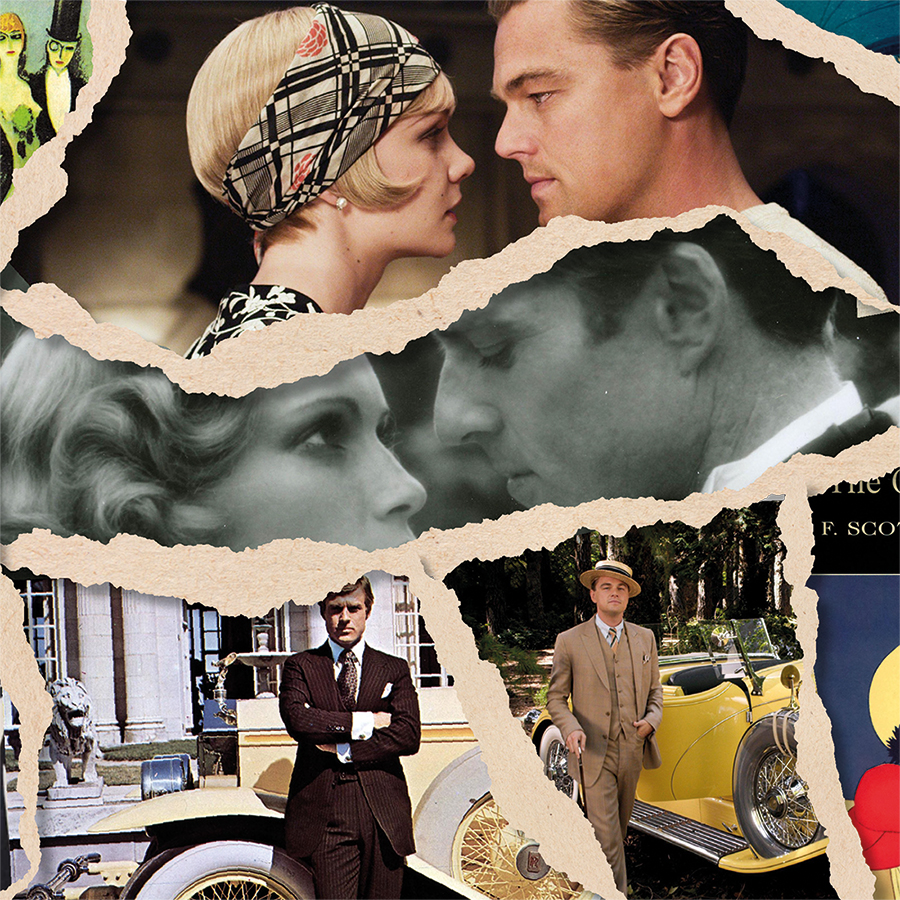








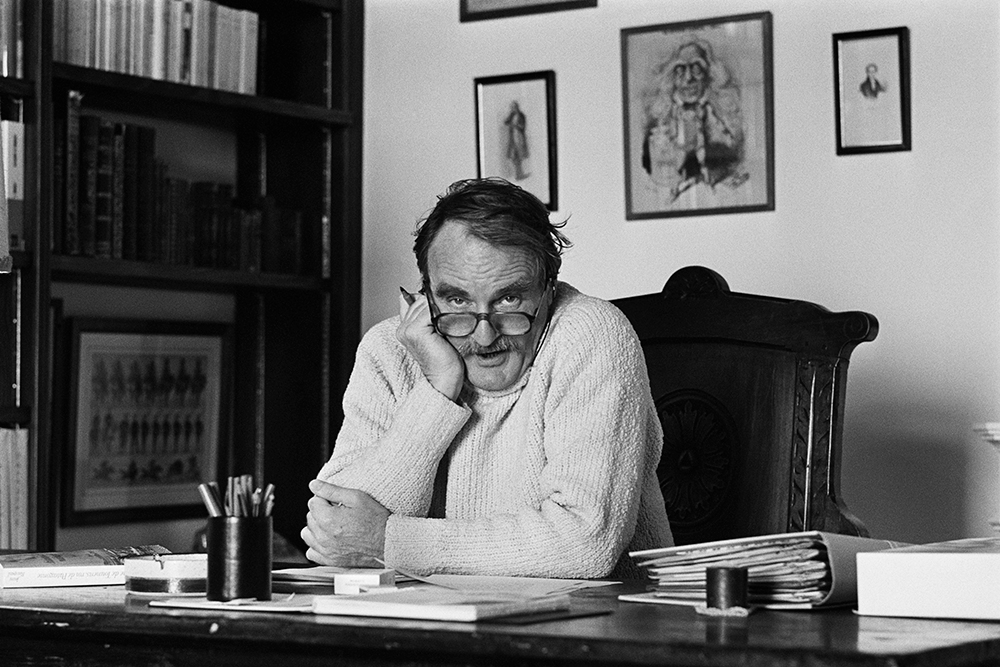


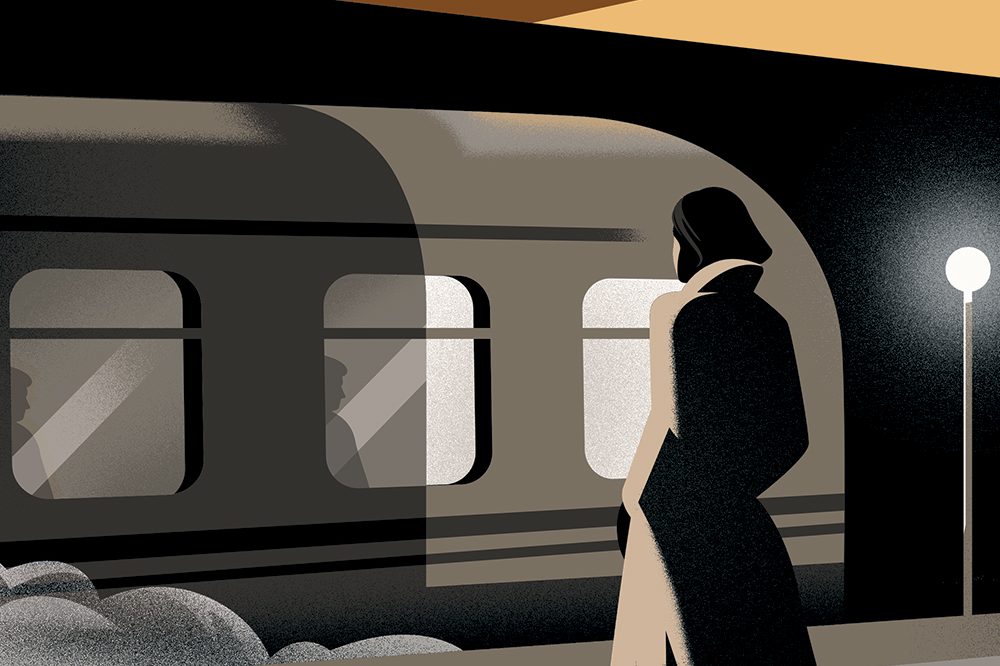

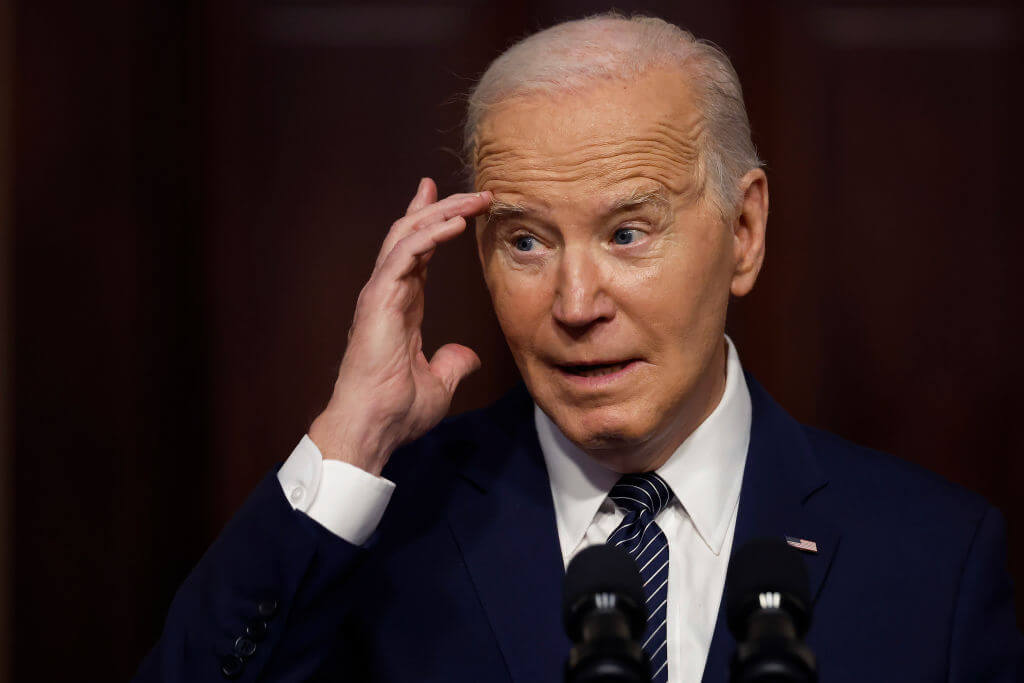


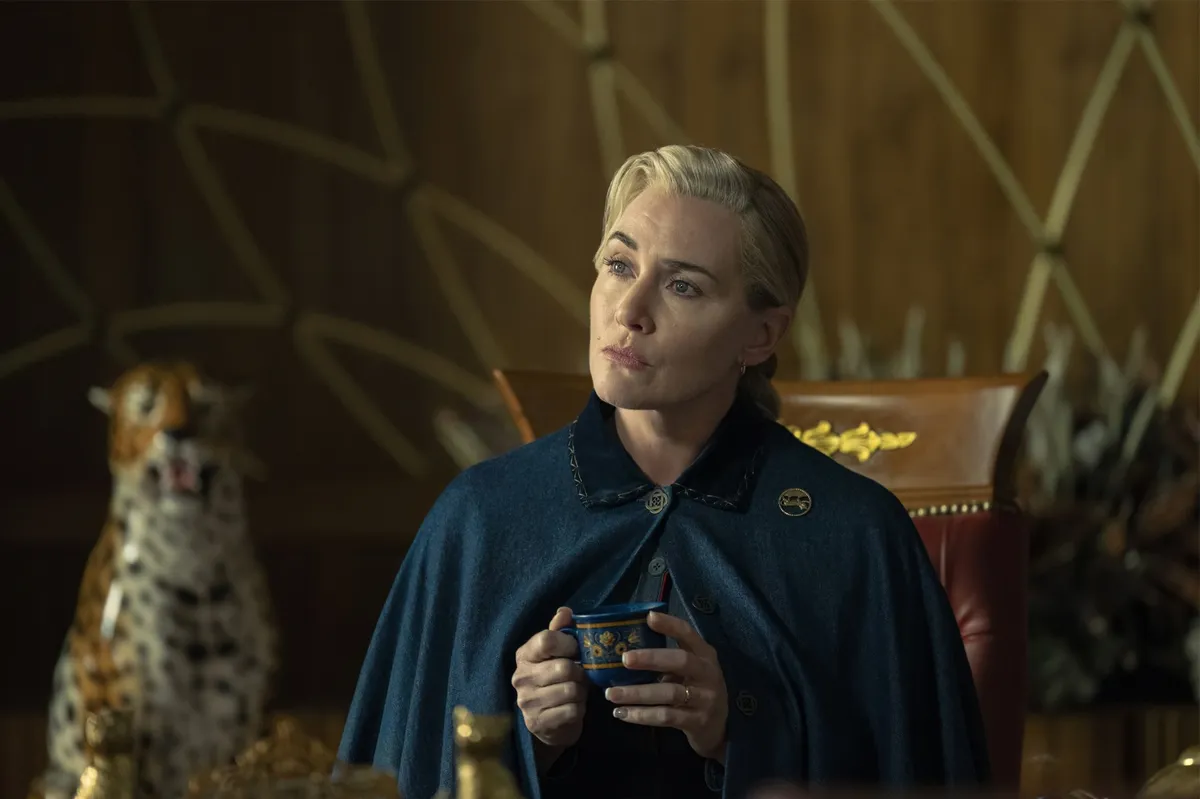
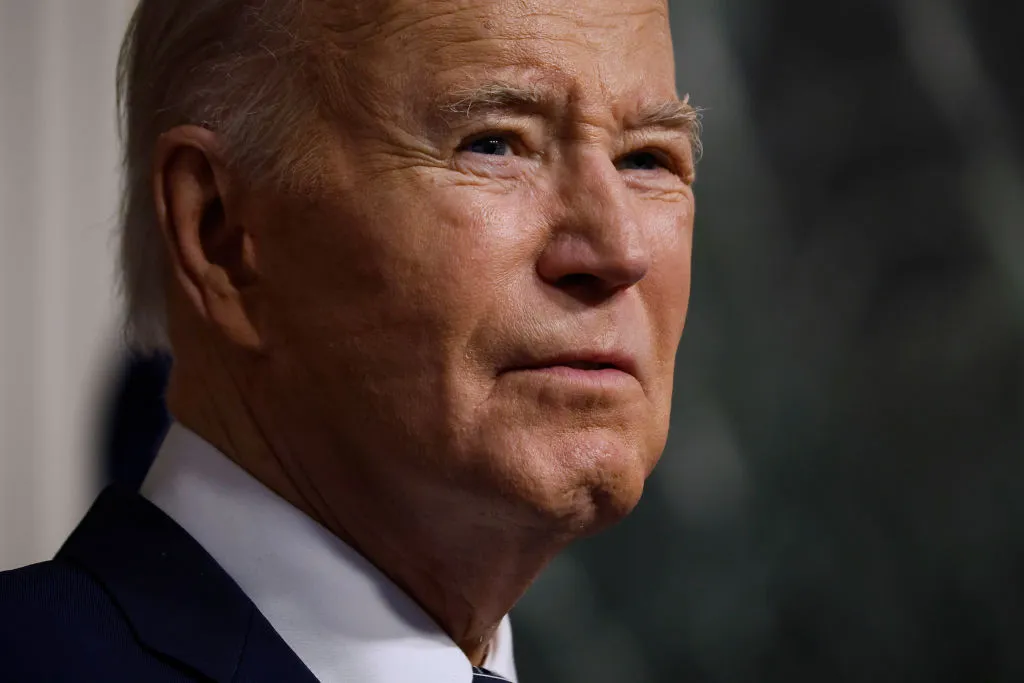

Leave a Reply